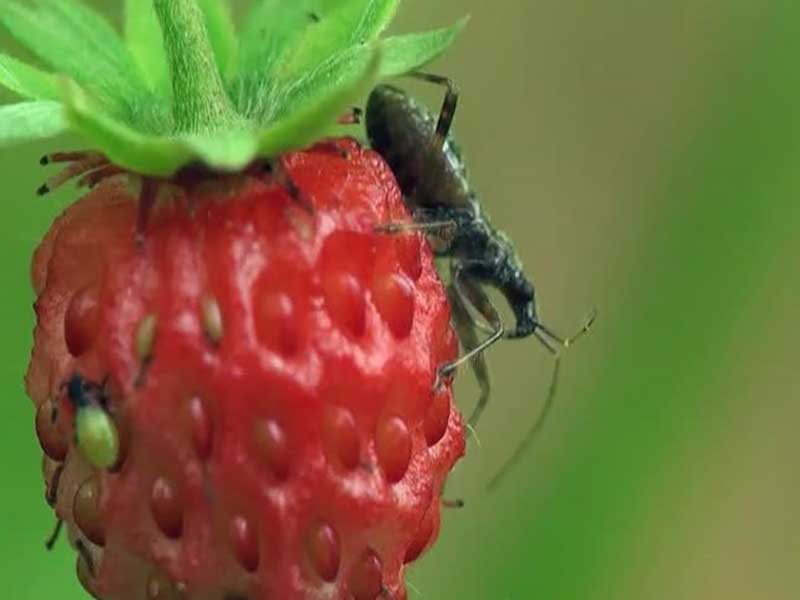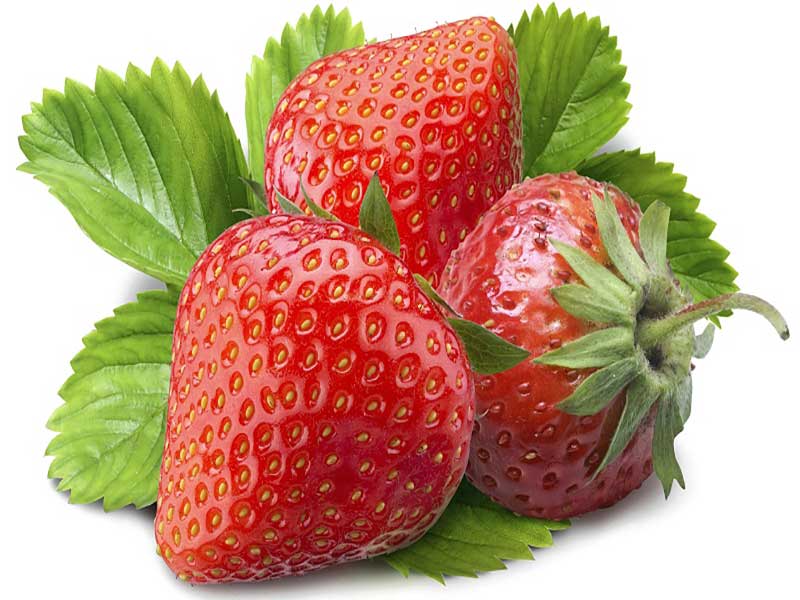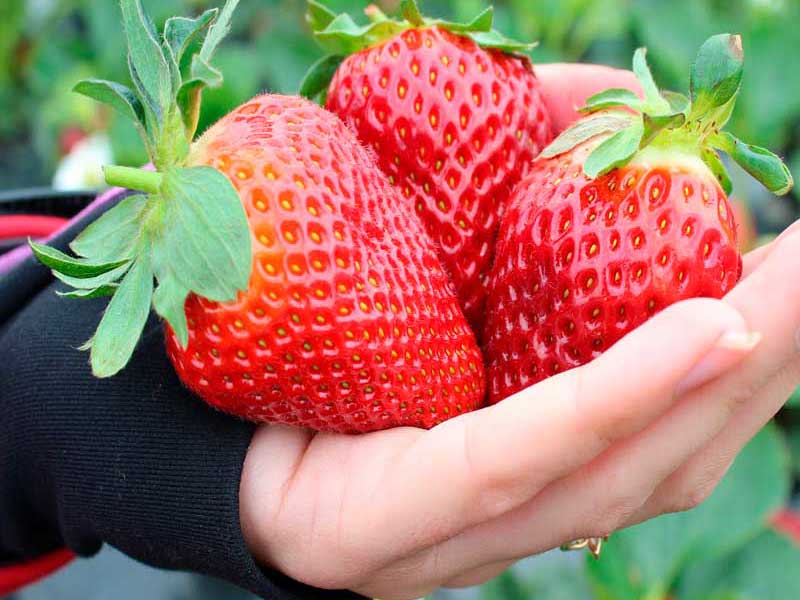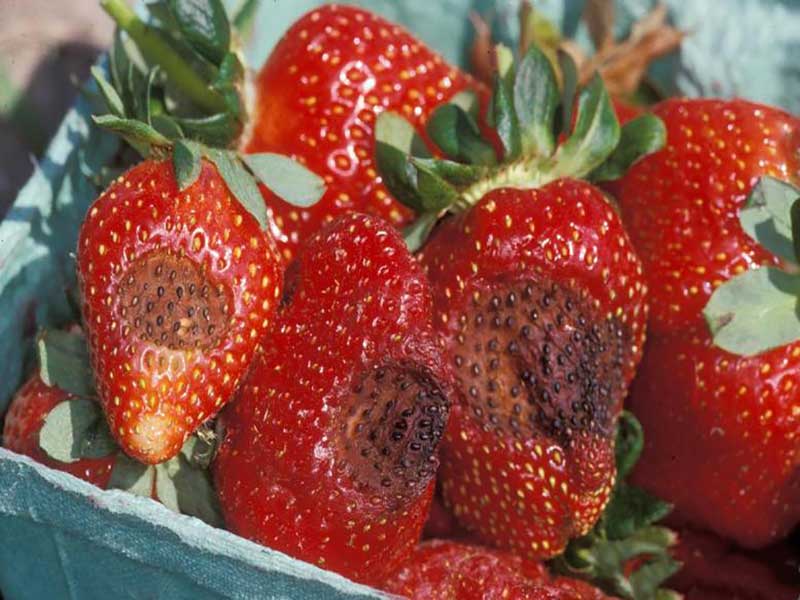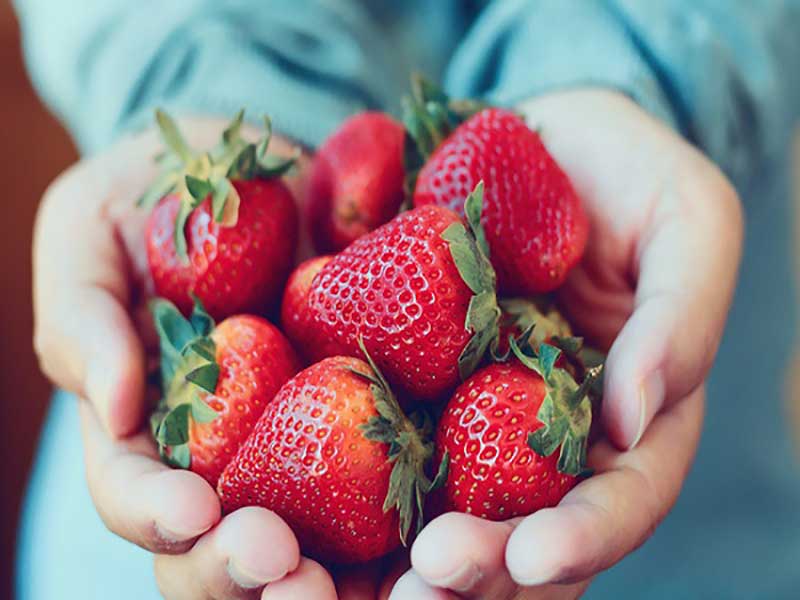Types of Strawberry Pests and Ways to Fight Them - Chapter Four
The purpose of this article is to provide information on how to plant, hold and harvest strawberries. In this article, we will introduce you to the pests of greenhouse strawberries and explain the ways to fight against any of these pests. Fourth Season
Strawberry Pests
Strawberry leaf caterpillars
Species belonging to the genera Aphrodes and Euscelis are important pests because they transmit green petal disease. Protect creeping stems and weeds by using a suitable insecticide several times at intervals of two weeks.
Strawberry beetles
Most Carabidae soil beetles are predators of small insects and vertebrates, but several species and prominent strawberry seed beetles with the scientific name Harpalus rufipes and strawberry soil beetles with the names Pterostichus madidus and pterostichus melanarius are herbivorous or predatory. And are able to damage the ripening fruits of strawberries.
Management:
Clean strawberry beds as well as weeds in the fall by removing old bushes and other plant debris.
Collect and remove unhealthy and rotting fruits.
Some parasitic bees are able to control beetles, which reduce their population by parasitizing eggs.
The use of some toxins in the soil (carbofan) helps control the larvae of these beetles.
Strawberry Crown Eaters
Three species of Aristotelia fragaria, Tyloderma fragaria, and Synanthedon bibionipennis weaken and dry the strawberry bushes by creating corridors and damage to the crown. In the third species, the larvae hollow out the crown of the plant, so that part or all of the plant dries out. After hatching, the larvae immediately crawl to the crown and pierce the inside of the crown core.
Management:
- These pests are mainly spread by carrying infected plants, so care must be taken in transplanting seedlings and removing infected plants.
- New crops of healthy plants are rarely attacked. Therefore, infected crops and wild plants destroy the vicinity of new crops.
Age of ligus Lineolaris spp
The nutritional activity of the nymph of this pest can reduce the fruit in the range of damage from very small to 100% unsold. The economic threshold of damage is the presence of at least two nymphs per plant. Are Western. Often the browning of sterile seeds is a good sign of St. Ligus damage.
Management:
- Weed control reduces damage and the number of ages.
- The use of predatory insects such as Geocoris and Nabies ages is effective in controlling these ages.
- The need for chemical control after determining the number of nymphs in Azin, is determined early in the flower production stage.
Strawberry sprout weevil Anthonomus signatus
The pest feeds on immature pollen by piercing flower buds with its long snout. The female puts an egg inside the mature bud and then cuts the bud into a ring and prevents the bud from opening Disposes of larvae. Invaded buds remain hanging on the plant or fall to the ground.
Management:
- Deep plowing of old beds immediately after harvest
- Regular deforestation of plants and, if necessary, chemical control
Strawberry Eater Ancylis comptuna
This pest belongs to a group of moths. Strawberry leaves are tubed and folded with fibers woven by the pest. The larvae eat the leaflets from the main vein by weaving tiny fibers. The larvae feed only on the epidermis, but constant feeding causes the inner leaflets to turn brown and dry.
Management:
- This pest is very sensitive to the invasion of parasitoids of the order Hymenoptera and Diptera and these keep the population of the pest below the level of economic threshold of damage.
Strawberry root aphid Aphis forbest
This aphid is most active in places where there are ants. Ants protect aphids and make aphids tend to work on strawberry roots. In contrast, ants get most of their food from plant sap excreted by aphids. This aphid lives around the crown of strawberry bushes and lives from young, leafy stems and developed buds. When aphids reproduce, they are detected by ants and transmitted to the roots. Here aphids feed on root tissue by sucking plant sap, so that the strawberry plant is severely weakened. Infected plants show signs of stunted growth, pale, small leaves, and dried fruit.
Management:
- By controlling ants through deep plowing at the beginning of the growth period, the population of aphids can be reduced.
- Pesticides reduce populations on the aerial part of the plant but have little effect on populations in the soil and on the roots.

